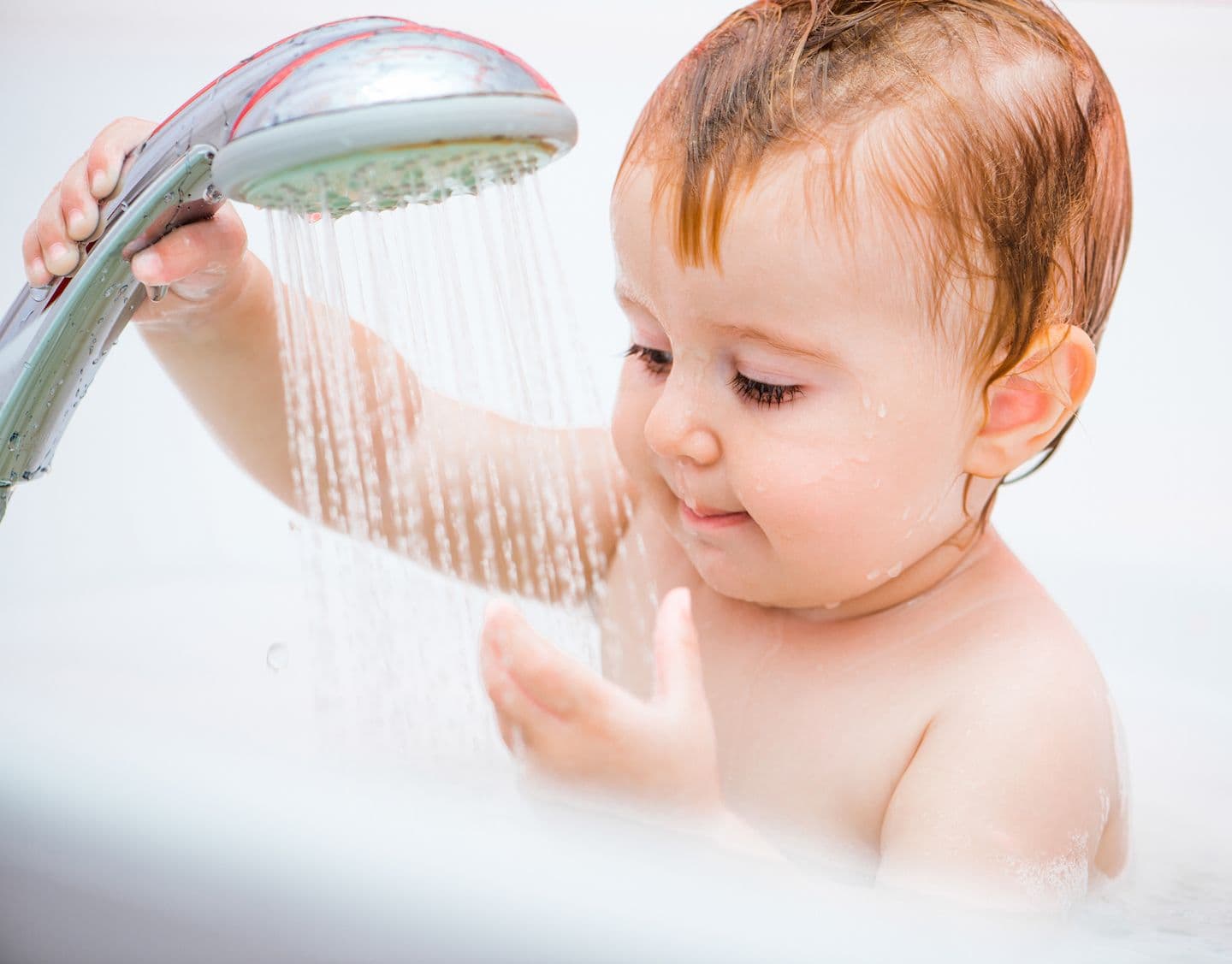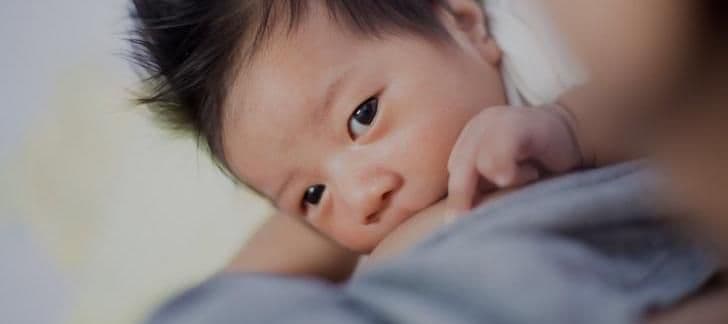FAQs on Bathing Your Baby
Baby & Child
Obie Editorial Team

How often does my baby need a bath?
There's no need to give your newborn a bath every day. In fact, bathing your baby more than several times a week may dry out his or her skin. If you're quick with clean diapers and fresh burp cloths, you're already cleaning the parts that really need attention — the face, neck and diaper area.
Is a sponge bath good enough?
Yes. Sponge baths are usually the best option at first, at least until the area around the umbilical cord heals. Sponge baths are more convenient than tub baths, and they're much easier on your newborn.
Here's what you will need:
- A warm place with a flat surface. A bathroom or kitchen counter, changing table or firm bed will work. Even the floor is OK if it isn't cold.
- A soft blanket, towel or changing pad. Spread it out for your baby to lie on.
- A free hand. Always keep one hand on your baby. On a changing table, use the safety strap as well.
- A sink or shallow plastic basin to hold the water. Run several inches of warm water into the basin or sink.
- A washcloth, an extra towel, cotton balls, mild baby shampoo, wipes, a clean diaper and a change of clothes. When everything is assembled, undress your baby and wrap him or her in a separate towel.
How do I give a sponge bath?
- Keep your baby warm during a sponge bath. Expose only the parts you're washing.
- Lay your baby on his or her back on the towel or pad you've prepared. Wet the washcloth, wring out excess water and wipe your baby's face. There's no need to use soap. Use a damp cotton ball or clean cotton cloth to wipe each eyelid, from the inside to the outside corner.
- When you're ready to move on, stick with plain water unless your baby is smelly or dirty. Pay special attention to creases under the arms, behind the ears, around the neck, and in the diaper area. Also, wash between your baby's fingers and toes.
Should I wash my newborn's hair?
Yes, if it seems dirty or if your baby develops cradle cap, a common condition characterized by scaly patches on the scalp. Supporting your baby's head and shoulders with your free hand, gently massage a drop of mild baby shampoo into his or her scalp. Rinse the shampoo with a damp washcloth. If your baby has cradle cap, loosen the scales with a small, soft-bristled brush before rinsing off the shampoo.
What type of baby tub is the best?
When your baby graduates to a tub, you'll have plenty of choices. Many parents choose plastic tubs specifically designed for newborns. Others opt for plain plastic basins or inflatable tubs that fit inside the bathtub. Lined with a towel or rubber mat, the kitchen or bathroom sink may be another option.
Safety is the most important consideration — not necessarily the type of tub. Gather your supplies ahead of time so you can keep one hand on the baby at all times. If you're interrupted, take your baby with you. Never leave your baby alone in the water.
How much water should I put in the tub?
You'll need only a few inches of warm water. At first, you may want to lather your baby on a towel and use the tub only for rinsing.
Check out our Postpartum Guide!
What about water temperature?
Warm water is the best. To prevent scalding, set the thermostat on your water heater to below 120 F. Always check the temperature with your hand before bathing your baby. Keep room temperature in mind as well. A wet baby may be easily cold. Be sure the room is comfortably warm — about 75 F.
What's the best way to hold my baby in the tub?
- To wash the front of your baby's body, support your baby's head and torso with your arm and hand. Wrap your arm under your baby's back, grasping your baby firmly under the armpit. A secure hold will help your baby feel comfortable — and stay safe — in the tub.
- When you clean your baby's back and buttocks, lean him or her forward on your arm. Continue to grasp your baby under the armpit.
- To rinse your baby's hair, try a football hold under the faucet. Support your baby's back with your arm, keeping a firm hold on the head while you rinse.
What should I wash first?
Most parents start with the baby's face and move on to dirtier parts of the body. Wash inside skin folds, and rinse the genitals carefully. You may want to save the hair for last to help your baby preserve body heat.
Do I need a special type of soap?
No. In fact, plain water is fine for newborns. When needed, use a mild, unscented soap with a moisturizer. Avoid bubble baths.
Will lotion after a bath help prevent rashes?
No. Most newborns don't need lotion after a bath. In fact, greasy lotions or ointments may make a rash more likely by blocking your baby's tiny sweat glands. The best way to prevent rashes is to dry inside your baby's folds of skin after each bath.
Is it better to bathe a baby in the morning or at night?
That's totally up to you. Choose a time when you're not rushed or likely to be interrupted. Some parents opt for morning baths when their babies are alert and ready to enjoy the experience. Others prefer evening baths as part of a calming bedtime ritual.











